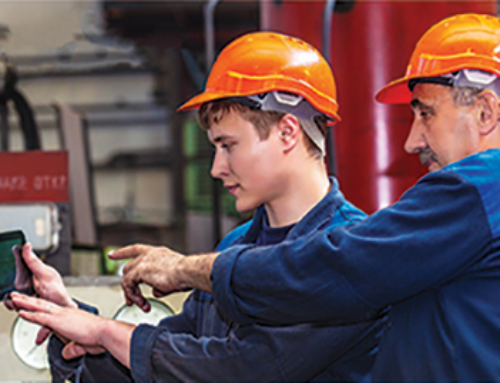E-learning is the act of engaging in an educational course in an online setting. E-learning courses can exist in a variety of forms, using a range of technologies. Commonly used in organizations like schools and corporations, e-learning can help learners complete education and training objectives with greater ease and flexibility than traditional classroom-based learning. E-learning courses can use a variety of techniques, including audio and video recordings, presentations, quizzes, surveys, games, and more.
E-learning courses can be published online through a learning management system (LMS). An LMS allows for course creators to streamline e-learning content into one easy-to-access location. An LMS that is SCORM-compliant (shareable content object reference model) allows for easy integration of content and tools, and extends the availability of courseware to include courses authored by third parties.
BENEFITS OF E-LEARNING
E-learning has the power to make learning more accessible for users around the world. In education, this brings learning opportunities to previously disadvantaged groups. In business, this helps deal with an increasingly global workforce. When learning materials are online, users are able to access content anywhere and anytime.
A high-quality LMS allows users to participate in e-learning courses from desktop computers, mobile phones, and tablets. This flexibility means that users can learn any time of day, whenever it is most convenient for them – something classroom learning can’t compete with. Learners can also start a session on one device (say a smartphone during a commute) and resume it on another (say their tablet at home in the evening), making it easier to fit learning into busy lives.







